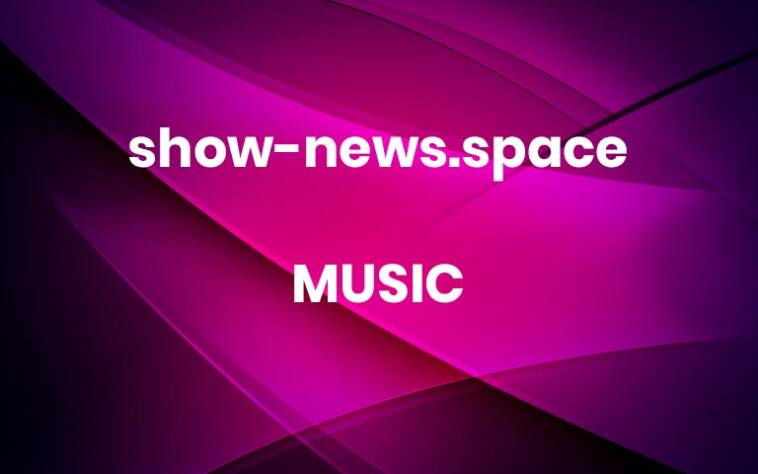The music streaming service released a new feature — Sound Towns — with its yearly summary of listener preferences and linked many people to an unexpected city.Do you listen to a lot of Noah Kahan? How about boygenius? Taylor Swift? Odie Leigh? Car Seat Headrest? Indigo Girls? Brandi Carlile?Well, it might be time for you to visit Burlington, Vt.! Spotify thinks you’ll be in good company there. Pack layers and bring a hat!On Wednesday, the music platform released Spotify Wrapped, its annual summation of users’ streaming habits. This year, the campaign included a new feature called Sound Town, showing users a city in the world where others’ listening habits reportedly correspond to their own.Users have been both baffled and entertained by the results, with many posting on social media that Burlington, a town in northwest Vermont, was their designated Sound Town.Dr. Orlando Garner, an I.C.U. doctor in Midland, Texas, was surprised at that result, given that his top artist of the year was Bad Bunny. (Spotify informed Dr. Garner, 36, that the city was chosen because he also listened to boygenius, Courtney Barnett and Car Seat Headrest.)“This is the second year in a row where he’s my top artist,” he said. “Are people listening to Bad Bunny in Burlington, Vt.? That’s what really struck me. Is this accurate?”A spokesperson for Spotify said there were 1,300 Sound Town locations for the platform’s 574 million users. Of them, 0.6 percent were assigned to Burlington — a number disproportionately higher than if listeners had been distributed evenly.Online, some users have joked that Spotify designated certain cities — specifically Burlington, Cambridge, Mass. and Berkeley, Calif. — for L.G.B.T.Q. users. (“Did Your Spotify Wrapped Place You In Burlington, Berkeley, or Cambridge? You May Be Gay,” read a headline from the online publication Them.)Tiffany Hammer, a tarot card reader from Puyallup, Wash., felt the city was a sonic fit for her. “I do listen to a lot of Noah Kahan. I said throughout this year, ‘If I’m not listening to Taylor Swift, I’m listening to Noah Kahan,” said Hammer, 38, adding that she thought her penchant for indie and folk music might have placed her in the Pacific Northwest.Hammer, who is queer, said Burlington felt aligned with her identity. “I really think it’s coming down to having safe places to be recognized, to listen, to just exist peacefully,” she said.The sudden burst of cultural linkage to Burlington caught city officials by surprise.“It was not on my Wednesday surprise bingo card,” John Flanagan, a spokesperson for Burlington City Arts, a city-affiliated cultural space.But Flanagan, 37, did not pass up a chance to promote his city.“I know a lot of the artists that we’ve been identified with are artists who identify as queer,” Flanagan said. “So a lot of people who listen to those artists are aligning with Burlingtonian values. And I think that’s spot on. And we really do pride ourselves on inclusivity and exquisite taste.”Burlington has a population of roughly 45,000 people, about 85.6 percent are white, above the national average, according to the census. Notable artists and bands have emerged from the Burlington area, including the jam band Phish, as well as singer-songwriters like Grace Potter and Kahan, who has recently broken through to stardom. With events like the summer’s Festival of Fools, a celebration of busking; and an underground music scene, Burlington does have a certain cultural cache, Flanagan noted.“Many people are drawn to Burlington because it’s just got a reputation as a vibrant arts community,” Flanagan said. “And I get the sense that might be what Spotify is kind of going for here.”Howard Dean, who was the governor of Vermont from 1991 to 2003, said that he had “absolutely no idea” why Spotify had linked so many to Burlington. He guessed it has something to do with the fact that the city is home to the University of Vermont — which has about 14,000 enrollees.“Vermont has, I think, the second- or third-highest education rate in the country, and with interest in education comes interest in culture and it’s skewed young because of the university. It is pretty much a cultural haven,” Dean said.The Burlington designation struck Kelly Gray, a University of Vermont alumna, as “hilarious.”“I had gone to a lot of like D.I.Y. shows in Burlington in my time there,” said Gray, 26. (D.I.Y. shows loosely refer to music shows that are out of the mainstream and built at the local level.) “So I kind of felt like I had earned it, whereas others were maybe more, stolen valor for Burlington music scene clout.”Meghan Sweeney, a 29-year-old in Brooklyn, has no connection to Vermont, having grown up in Long Island. Nonetheless, Spotify recommended the city to her — to her confusion — with Smashing Pumpkins, The Pixies and LCD Soundsystem reportedly making her very Burlington-ish.“I went to Vermont, I think, once as a child and then fairly recently as an adult,” Ms. Sweeney said, “and I don’t think my music taste really screams in Vermont based off the experience that I’ve had.”Ms. Sweeney suggested that it could be an aesthetic choice by Spotify.“I feel like every year Spotify comes up with new creative ways to diagnose clinical depression,” Ms. Sweeney said. “So my guess is that it’s because it gets like really cold there, and it’s like mostly dark for half of the year. So it’s very moody.” More



